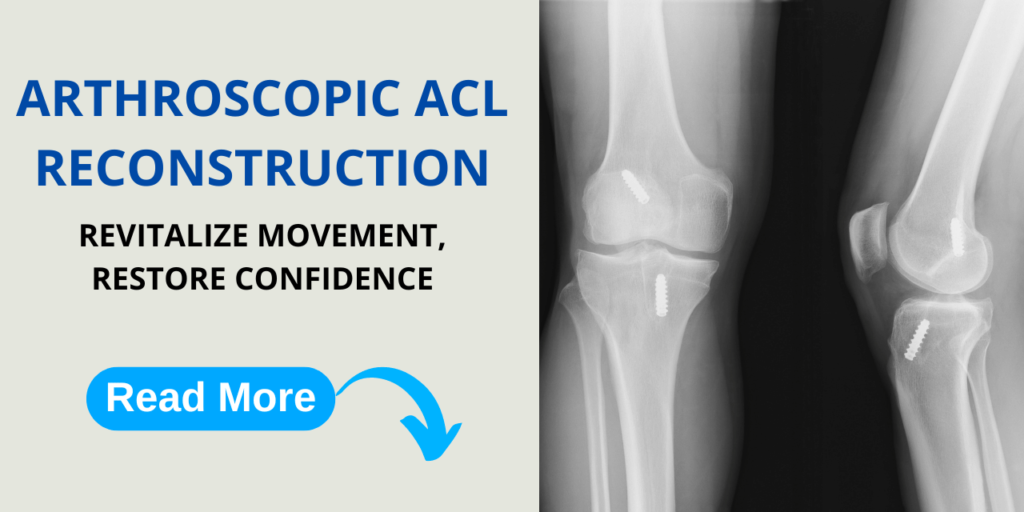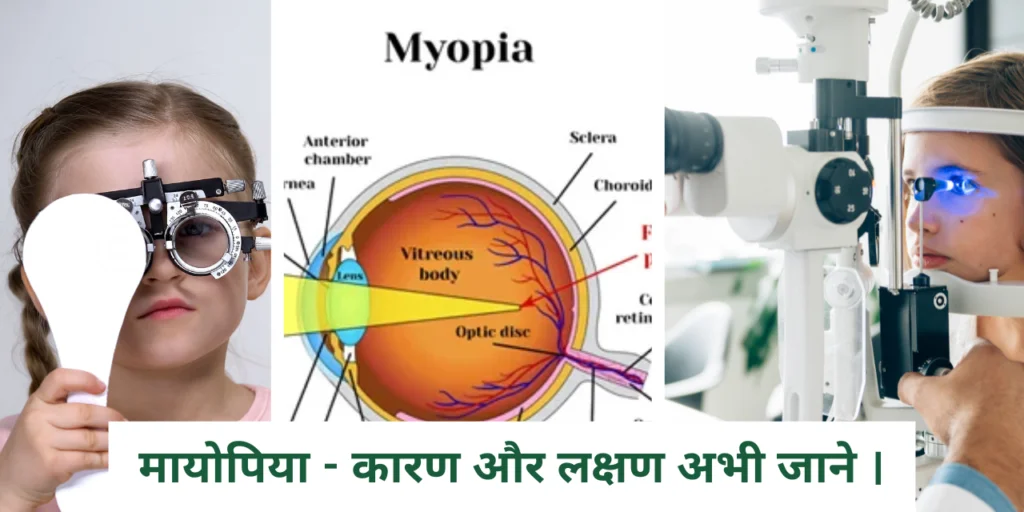
Anterior Cruciate Ligament (ACL) injuries are common among athletes and individuals engaged in physically demanding activities. The ACL, a crucial ligament in the knee, plays a vital role in providing stability and preventing excessive forward movement of the tibia relative to the femur. In recent years, significant advancements in arthroscopic ACL reconstruction have revolutionized the treatment landscape, improving surgical techniques, enhancing outcomes, and optimizing rehabilitation strategies.
Arthroscopic ACL Reconstruction Techniques
All-Inside Techniques:
Traditional ACL reconstruction methods involved using open surgery or arthrotomy. However, all-inside techniques have gained popularity due to their minimally invasive nature. These procedures utilize smaller incisions and advanced arthroscopic instruments to access and reconstruct the ACL. This results in reduced surgical trauma, quicker recovery times, and less scarring.
Peroneus Longus Tendon Autograft Technique:
When surgeons repair a torn ACL (a ligament in the knee), they often use a piece of tissue called a graft. Some surgeons are now using a tendon called the peroneus longus for this graft. This tendon runs along the outer part of the leg.
Using the peroneus longus tendon has its benefits, and it gives surgeons a new option when fixing someone’s ACL. This is a cool innovation because it lets doctors choose the best way to fix each person’s knee based on what they need.
Hamstring Autografts and Quadriceps Tendon Autografts:
Graft selection is a critical aspect of ACL reconstruction. Hamstring autografts and quadriceps tendon autografts are commonly used due to their favorable biomechanical properties. Hamstring autografts are known for their versatility and lower harvest site morbidity, while quadriceps tendon autografts offer a robust graft option with a larger diameter.
Outcomes and Complications
Graft Healing and Incorporation:
Advances in tissue engineering and graft preparation have improved graft healing and incorporation. Techniques such as platelet-rich plasma (PRP) application and mesenchymal stem cell augmentation aim to enhance graft biology and expedite the healing process.
Reduced Complications with Improved Fixation Devices:
The development of more reliable and biomechanically sound fixation devices has contributed to a decrease in complications. Bioabsorbable screws, adjustable-loop suspensory devices, and cortical fixation systems provide surgeons with a variety of options, allowing for individualized approaches based on patient characteristics.
Rehabilitation Strategies
Accelerated Rehabilitation Protocols:
With advancements in surgical techniques, accelerated rehabilitation protocols have become more prevalent. These protocols emphasize early mobilization, muscle strengthening, and functional exercises to expedite recovery without compromising graft integrity. Tailoring rehabilitation to individual patient needs is crucial for optimal outcomes.
Biomechanical and Neuromuscular Training:
Incorporating biomechanical and neuromuscular training into rehabilitation programs has become standard practice. These programs focus on improving movement patterns, proprioception, and neuromuscular control, reducing the risk of re-injury and enhancing overall knee function.
Conclusion
In the realm of arthroscopic ACL reconstruction, the strides made in surgical techniques, graft selection, and rehabilitation strategies represent a significant leap forward for patients seeking to recover from ACL injuries. These advancements, championed by pioneers in the field like Dr. Rohit Malhotra, the esteemed orthopedic specialist at Malhotra Hospital & Orthopedic Centre in Panchkula, have reshaped the landscape of ACL treatment.
Dr. Rohit Malhotra, recognized as the Best Ortho Doctor in Panchkula, has played a pivotal role in advancing the field of orthopedics. His expertise and commitment to innovation have contributed to the refinement of arthroscopic ACL reconstruction procedures. Patients under his care benefit from state-of-the-art techniques that prioritize minimally invasive approaches, graft options tailored to individual needs, and cutting-edge rehabilitation protocols.
For those seeking the expertise of Dr. Rohit Malhotra, appointments can be scheduled at Malhotra Hospital & Orthopedic Centre. Dr. Malhotra’s patient-focused approach, coupled with the use of the latest technologies, ensures that individuals receive personalized care that aligns with the advancements discussed in this article.
To connect with Dr. Rohit Malhotra and benefit from his specialized knowledge and state-of-the-art treatments, individuals can reach out via phone at +91-7302217302. Additionally, more information about the services offered and the doctor’s approach to patient care can be found on the hospital’s official website: www.malhotrahospitalandorthopaedic.com.
As technology continues to progress and medical professionals like Dr. Rohit Malhotra lead the way, the future holds promising developments in ACL reconstruction. These innovations will undoubtedly enhance the quality of care and further improve the outcomes for individuals on the journey to recovery from ACL injuries.










Пройдите регистрацию и начните выигрывать на https://888starz.today
Все свежие акции и бонусы от 888Starz доступны для всех игроков, не пропустите свой шанс https://forum.wialon.com/profile.php?id=270523
Почему полигоны ТБО Новосибирска нуждаются в рекультивации https://novosibirsk-news.net/other/2024/06/02/281182.html
Все бонусы и акции ждут вас на https://888starz.today, не упустите возможность их использовать.
https://realcheb.ru/content/pages/advokat_po_bankrotstvu_potrebiteley_kak_nayti_nughnuyu_pomoschy.html
https://zerkaloff.ru/img/pgs/zvukoizolyaciya_sten_v_kvartire_effektivnye_metody_i_materialy_dlya_sozdaniya_tishiny_i_k.html
играть в демо версию Лаки Джет https://raketa-igra.fun/
Используйте все доступные промокоды на https://888starz-russia.online для максимальных выигрышей.
Организуйте доставку попутного груза по выгодной цене https://vk.com/gruz_poputno
Скачайте APK 1xSlots и не забудьте активировать промокод LEGAL1X https://t.me/android_1xslots
Получите бонусы в 7k Casino, используя промокод ANDROID777, который доступен в телеграм канале https://t.me/casino_7kk
Если сайт заблокирован, воспользуйтесь рабочим зеркалом 1xslots, которое всегда предоставляет доступ ко всем играм казино, независимо от блокировок и проблем с доступом.
https://kalieleon.gr/top-luchshih-prilozhenij-po-shahmatam-dlja-android-2/
https://netsocial-store.com/apk-geek-prilozhenija-apkgeek-posty-i-statistika/
Discover new free social slots at CorgiSlots and compete in fun tournaments every day